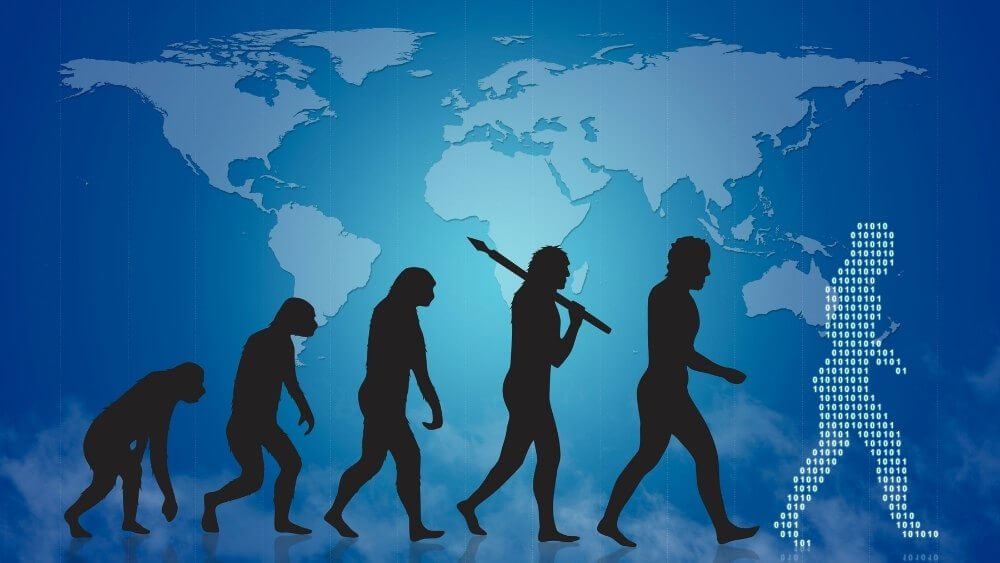Were humans always there on Earth? If not, then when did humans first arise on Earth? Did the first-ever humans come to earth from a different planet on a spaceship? Or did they arise from the Earth itself?
So many questions come to mind when we try to find the answer to a simple question: where did humans come from?
To understand the answer to this question, we need to briefly look into the origin of planet earth and the first living organisms ever to live on it.
Now, the earth is only one planet in this ginormous universe and the universe came into existence 13.8 billion years ago when the Big Bang happened. Contrary to popular belief the Big Bang is not some huge explosion that gave birth to the universe but is the event of the expansion of the universe from an unimaginably small dimension to billions of lightyears in diameter. Several billions of years later and approximately 4.5 billion years ago, the earth came to be. But the earth was very different from the earth now.
The earth had no atmosphere; water vapour and gases like methane, carbon dioxide and ammonia released from the molten masses covered the earth. The water vapour cooled down and fell on the earth as rain, filling the depressions and forming oceans.
The first form of life appeared on the earth 4 billion years ago. However, it took a long time for the first single-celled organism to arise, which gradually gave rise to the multicellular organism. Through millions of years of evolution, the first human ancestors arose between five and seven million years ago.
Contents
Humans and Tools:
The first use of tools by human beings was recorded 2.6 million years ago.
These tools were commonly made of stone, wood and bones however the stone tools were the most resilient and are the ones that have survived even after millions of years.
The Stone Age
The prehistoric period from 2.5 million years ago to 3,300 B.C., when stone was predominantly used for making tools is known as the stone age. Stone tools were used to cut meat and bone, scrape bark from trees, cut animal skin and hides and chop fruits and roots. Tools made life much easier and efficient for early humans. Hammerstones were the most commonly used tool – they were used to chip other stones into sharp-edged flakes. Stone tools were used to cut, pound and crush thereby extracting more nutrients from plant and animal food sources. With time stone tools become more sophisticated and tools such as axes, spear points for hunting, scrapers for peparing animal hides and awls for shredding plant fibres and making clothing arose.
The Bronze Age
The Stone Age was succeeded by the Bronze Age. This age marked the first use of metal for tool-making by humans. It spanned from 3100 B.C. to 300 B.C.
Bronze was prepared by adding tin to copper which made it more durable thus making it suitable for manufacturing tools and weapons.
The Iron Age
The Iron Age began in 1200 B.C. and lasted till 600 B.C. and it succeeded the Stone Age and the Bronze Age. Humans smelted iron throughout the Bronze age but they couldn’t figure out a way to make the iron tools as strong and durable as their bronze counterparts – to them, iron was the inferior metal. However, once iron was heated with carbon to make the far stronger and vastly superior steel, the use of bronze rapidly diminished thus marking the end of the Bronze Age.
